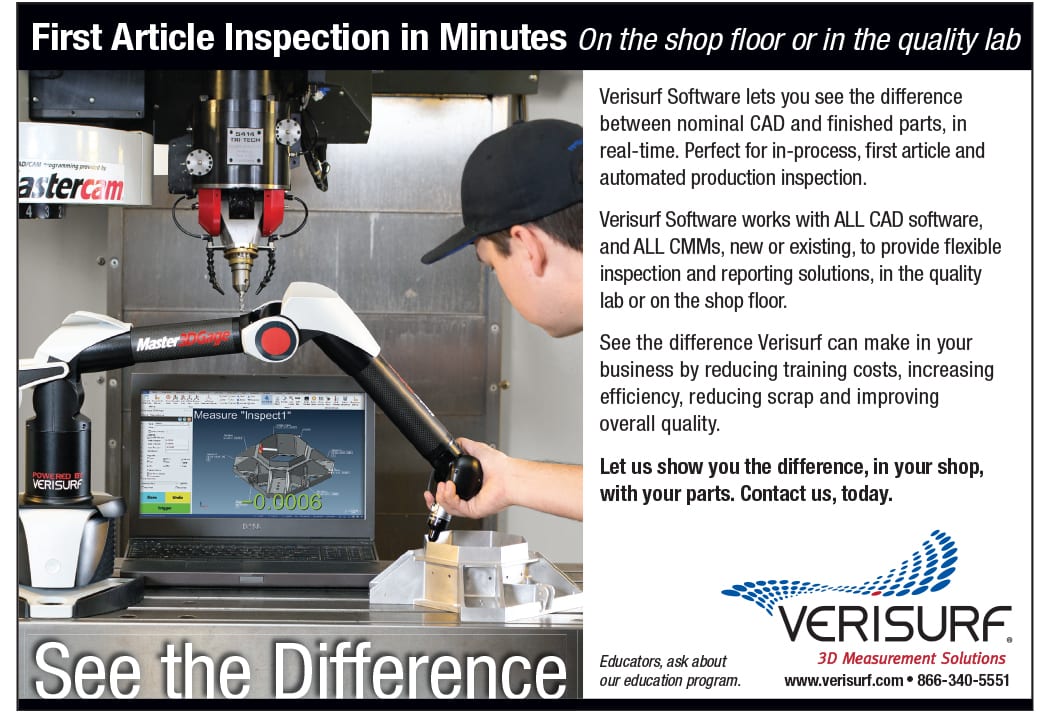Face of Quality
Jim L. Smith
Face of Quality | Jim L. Smith
Beware of the inner critic, which can be a super villain preventing creativity.
Overcome Your Inner Critic

Fear is built into the human mind and body for good reason. The presence of fear keeps us from doing things that may cause us harm. For the most part, however, fear is overrated. If we do not step in front of a bus or shout profanities at our manager, we are likely going to live to see another day and still have a job.
In the modern world, fear has become insidious; it is quiet but pervasively accepted as existing. One of the most common forms is what might be referred to as the inner critic. It’s that tiny voice in the back of our mind that plays off our greatest anxieties, giving its dialogue an addictive quality. It is often a super villain in the war to encourage creativity.
Like all faces of fear, the inner critic is a part of each of us that is designed to keep us safe. When its dark side ramps up, however, fear keeps us from speaking up in meetings even when we know we have a good idea. It stops us from believing in ourselves and often even prevents us from trying.
When we realize that our inner critic is just attempting to keep us safe from embarrassment or rejection, we become conscious of our inner states. This is good because when we are conscious, we do not have to react to that form of fear.
Instead, we can choose to be courageous and step forward with our ideas. If our ideas are not accepted, we can live with it. We are building a resilience that limits our fear and brings out our creativity.
Successful people discover what matters most to them.
It has always been to a certain degree, but the modern world has become a very serious place. We are challenged with so many injustices, systemic corruption, and a million other things about which to worry. In the performance of our jobs, we may or may not directly face the big challenges of the world, but chances are there is money at stake as well as pride.
When we hold on too tightly to an outcome or idea, however, we limit its motion and flexibility. We tend to get so serious about the things we are working on that the fear behind them limits our creativity. If we can overcome our inner critic, we can let go of our fear, new ideas begin to flow freely, and new possibilities emerge.
Certainly, not all new ideas come to fruition, but we can accept that possibility. As Thomas A. Edison discovered, it takes many ideas to get to the gold, but we need to get started to achieve that level of success.
It is a good exercise to sit down and spew out dozens of ideas until a few nuggets materialize. Then…surprise your coworkers, and maybe your manager, by mentioning a few of your newest ideas. There generally are opportunities in meetings or other gatherings to discuss ideas. This makes meetings a fun event as it invariably encourages others to come up with some ‘out of box’ ideas. It often becomes contagious.
The magical side effect of this approach is that some amazing ideas emerge. Some of them can be developed, and in some cases, they may bring real goodness to you personally, your team, or your organization. But...to be able to do this, you must overcome your inner critic.
Our inner critic usually manifests itself as an inner voice attacking a person or idea saying that he/she/it is bad, wrong, inadequate, worthless, and so on. If people befriend us or come to our defense, our inner critic may whisper that if they only knew how uncreative we are, they would not be so supportive. This is mostly unfounded.
I am reminded of a story of a distance runner who regularly finished well behind the leaders. This bothered the person for some time, but he kept entering races. When asked why he kept running, he said he finally overcame that little voice that reminded him that he could not finish the race with the leaders. He was able to realize that winning was more than finishing first. He discovered the real value was that he stuck with a training plan, ran, and finished the race! He was able to come to the conclusion that that was what mattered most.
Successful people discover what matters most to them. Once that becomes clear, they work to replace their inner critic with an inner support mechanism to nurture their efforts. Which inner voice would you prefer? A critic or a nurturer?
Opening Background Image Source: mypokcik / iStock / Getty Images Plus via Getty Images.
Jim L. Smith has more than 45 years of industry experience in operations, engineering, research & development and quality management.
Scroll Down
Scroll Down

